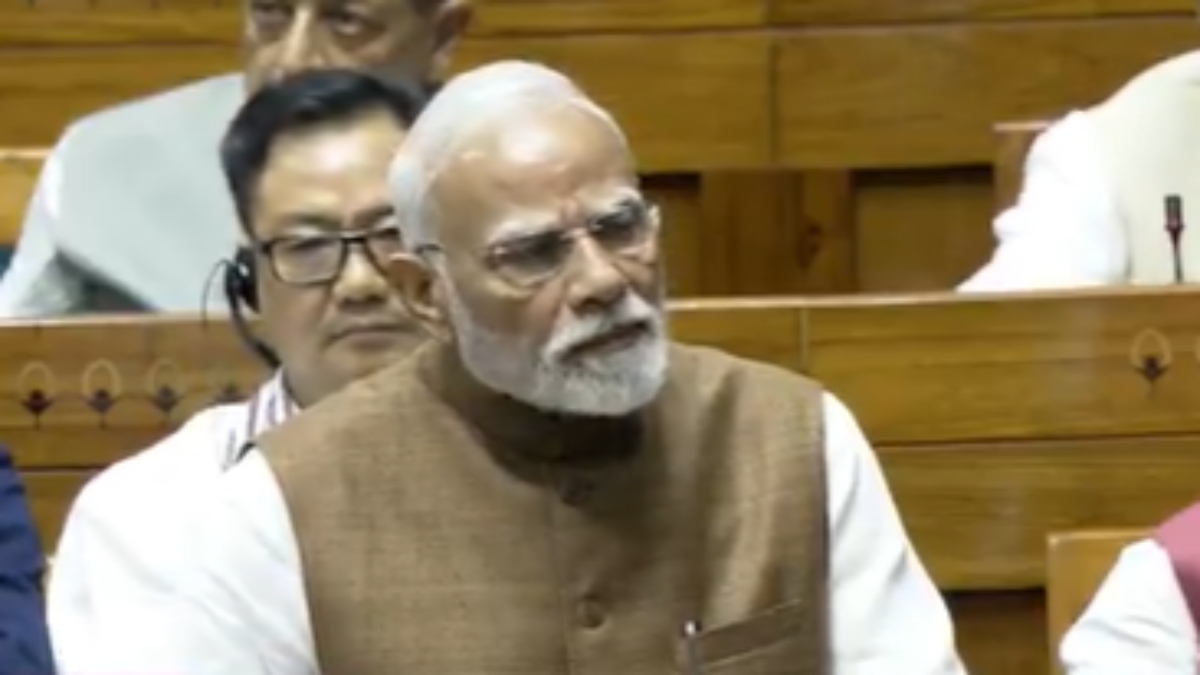Despite some speculation and suggestions, it appears increasingly unlikely that Prime Minister Narendra Modi will attend China’s World War II Victory Day parade scheduled for early September in Beijing.
While bilateral relations between India and China have experienced a tentative thaw, multiple diplomatic, strategic and domestic considerations stand in the way of such a high-profile appearance.
1. Improved ties, but not enough yet
India and China have indeed shown signs of recalibration in their strained ties. Recent months have seen a flurry of diplomatic engagement, including visits by External Affairs Minister S Jaishankar and National Security Adviser Ajit Doval to China. In response, Beijing’s resumption of pilgrimages to Tibet and New Delhi restoring visa services for Chinese nationals signal a cautious detente.
However, caution is the key word against overinterpreting these developments. Ivan Lidarev, a visiting fellow at the Institute of South Asian Studies in Singapore, points out to South China Morning Post that while ties have improved, they have not reached a point where Prime Minister Modi’s participation in a Chinese military event would be politically or diplomatically appropriate. Such a visit would be viewed as more than ceremonial—it would symbolise a radical diplomatic shift that current circumstances do not support.
2. Trade tensions and mistrust still simmer
Bilateral trade between the two Asian giants surpassed $127 billion last year, but the economic relationship remains uneven and frequently contentious. India continues to express concern over what it sees as “trade weaponisation” by China—ranging from export curbs on key inputs like rare earth magnets and fertilisers to trans-shipment and dumping practices that hurt Indian industries, the BBC reports.
China’s restriction on rare earth exports in particular has alarmed Indian manufacturing sectors, which rely heavily on these materials for automobiles, appliances and clean energy technologies. As former diplomat Phunchok Stobdan points out to BBC, such moves by Beijing are viewed in New Delhi as economic coercion aimed at pressuring India strategically. These unresolved frictions diminish the feasibility of Modi endorsing a military celebration that could be seen as legitimising China’s broader geopolitical posture.
3. Why endorsement of China’s military narrative is a red line
The nature of China’s World War II Victory Day parade—commemorating its triumph over Japan—is itself diplomatically charged. For India, a Quad partner with Japan, Australia and United States, attending such an event could be interpreted as aligning with China’s historical and strategic worldview.
This would carry particular weight in China’s case, given its border claims over Indian territory and continued strategic cooperation with Pakistan. During Operation Sindoor in May, China’s active help to Pakistan, which used Chinese-made J-10C fighter jets in the military clash with India, has only deepened suspicions in New Delhi. This does not align with India’s approach either diplomatically or militarily.
4. Domestic interests prevail
For Prime Minister Modi, India’s domestic interests rank way incomparably above attendance at a Chinese state parade.
Complicating matters further is the fluid state of global diplomacy, particularly with United States under President Donald Trump’s second term. Trump’s erratic overtures—such as his self-proclaimed mediation during the India-Pakistan clash and overt friendliness toward the Pakistani military—have left India feeling vulnerable and recalibrating its strategic autonomy.
Impact Shorts
More ShortsPrime Minister Modi’s foreign policy in recent years has sought to balance ties with major powers, maintaining India’s traditional non-alignment while leveraging partnerships where necessary.
Appearing at a parade also attended by Russian President Vladimir Putin and possibly key Pakistani leaders could be interpreted as aligning with a China-Russia axis—something India is unlikely to embrace when its Quad ties and economic negotiations with the West remain critical.
5. A calculated distance
While the SCO summit in Tianjin at the end of August may offer a more acceptable venue for diplomatic engagement, a front-row seat at a military parade in Beijing is another matter entirely.
Attending it would risk misinterpreting India’s strategic intent and strain ties with critical partners like Japan and US. For now, Prime Minister Modi is more likely to reaffirm India’s independent stance through measured diplomatic gestures.
The global order is still in the flux under the impact of US President Donald Trump-induced trade and tariff wars. Trump’s off the cuff remarks on serious issues of diplomacy, geostrategy and global economy have further complicated the international order. Each country is trying to readjust its policies with the US and the rest of the top powers. India-China ties too are going through a phase of recalibration. PM Modi’s speculated visit, if becomes a reality, would give a finality in India’s shift in its China policy, but the government has not given any such concrete signal yet.


)

)
)
)
)
)
)
)
)



